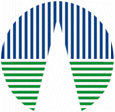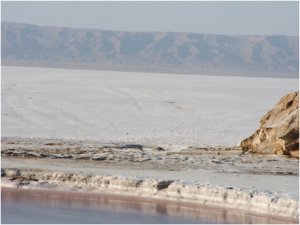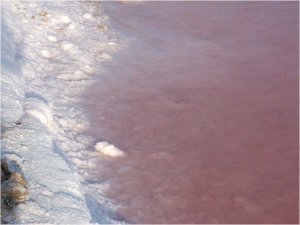Tunisian Chott El JeridProvided by: Astrobiology Center (CAB); INTA Homepage: |
 |
Scientific Contact:Felipe Gómez GómezExtremophiles Laboratory Carretera de Ajalvir, Km 4 Torrejón de Ardoz Madrid, Spain Email: Phone 00 34 91 520 6461 Fax 00 34 91 520 1074 |
Local administrative contact (once a TNA visit is awarded):Mari Paz BlancoCoordinación y Planes INTA Email: Phone 00 34 91 520 1690 Fax 00 34 91 520 1612 |
Facility Description
|
Tunisian Chott El Jerid is a seasonal lake that is completely dry most of the year.The Surface of the lake is covered with a hard NaCl crust covering underground water. Some 'red water'sources are localized in the area. The colour is due to a high content of ferric iron that is precipitated innumerous minerals. There is a wide biodiversity inside the salty crust that exists at very low water abundances. This chott forms a wide area (of about 580 Km2) where it is possible to test planetary instrumentation under dry and corrosive conditions. From the astrobiology point of view it is extremely interesting to examine thebiological cycles at such low and salty water levels. The Chott El Jerid field analogue represents an ideal environment to test how life may adapt to extreme saline conditions.This field analogue will be fully characterised in 2009-10 using field, geophysical and microbiological methodology external users will then be offered access to this field analogue from 2011. Given the extremely harsh temperature, dust and chemical environment, this extreme environment is an excellent location for communications systems validation and testing. Future new space missions are expected take advantage of remote testing facilities such as Tunisian Chott El Jerid to fully validate their instrumentation. |
  |
Facility Applications
|
|
Facility References
Selected relevant publications
For information on the Europlanet TNA programme contact:
Professor N J Mason, Department of Physics and Astronomy, The Open University, Walton Hall. Milton Keynes, MK7 6AA
Email (preferred method of contact)


